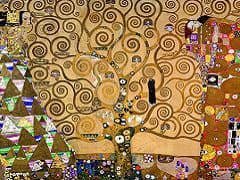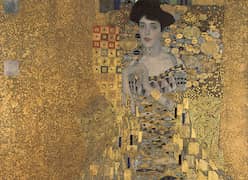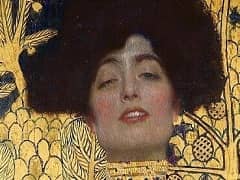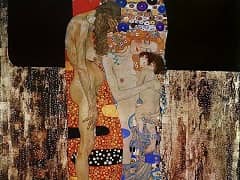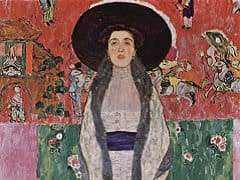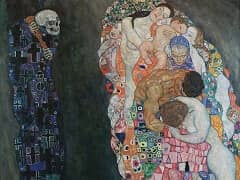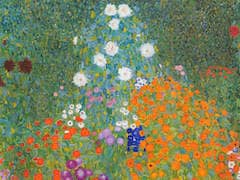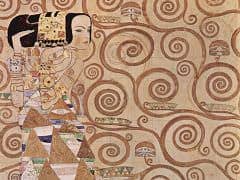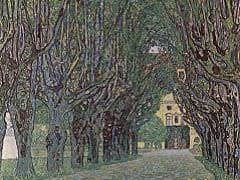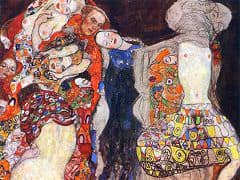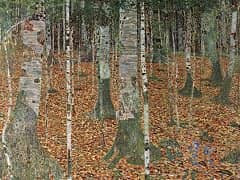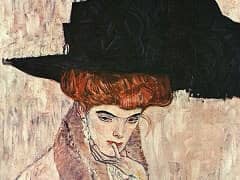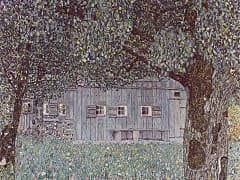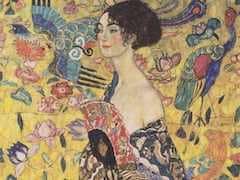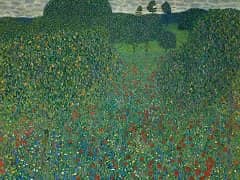Baby, 1917 by Gustav Klimt

Baby, 1917 is one of Klimt's few later portraits in which the subject is not standing up. Whereas many of his earlier works show his subject seated in an armchair of some description, all those
painted after around 1908 are standing. The only exceptions are due to the age or infirmity of the model. Painting a recumbent baby allowed Klimt to experiment with a totally new composition, placing
one geometrical shape inside another. Within the square format is a large triangle, with the baby's head at its apex.
The background on either side of it forms two further triangles. The baby's cover is a mass of pattern, in which Klimt's inventive genius has been allowed to flourish, with flowers, spirals, zigzags and
rainbow-like arches of contrasting hues. He has also placed contrasting colours next to each other: orange with blue, red with green and yellow with purple. Perhaps the simple fact that the baby's
character was not yet formed meant that Klimt felt free to experiment.


